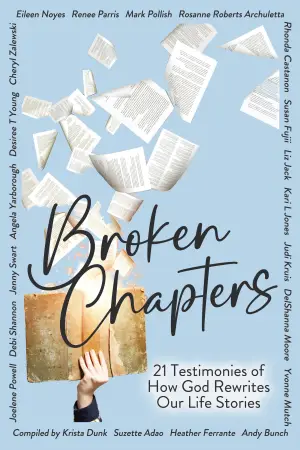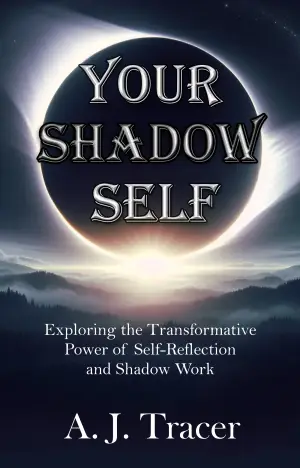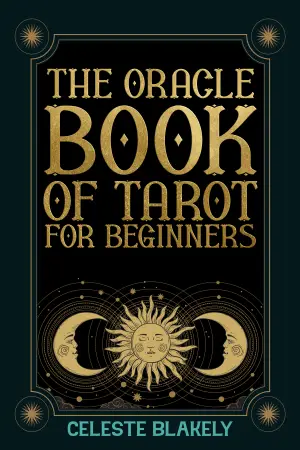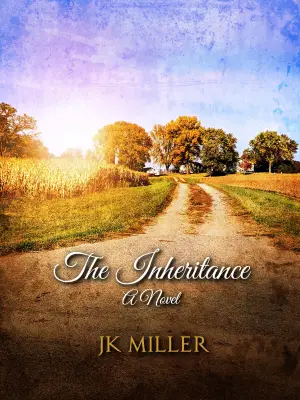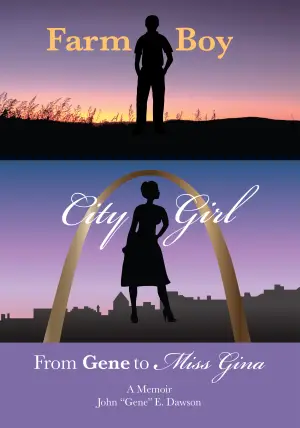Review of Signs of Damage by Ms. Reid
When I first stumbled across Signs of Damage, I was filled with excitement. Having thoroughly enjoyed Ms. Reid’s previous two novels, I entered this third installment with high hopes. However, my experience turned out quite differently than I expected. It’s then that I couldn’t help but wonder: sometimes, in the realm of literature, do our favorite authors surprise us in ways we didn’t anticipate—and not always positively?
In Signs of Damage, the narrative is divided across two timelines: the first unfolds in 2008 at a villa in France, while the present timeline takes place in Sydney and Italy. What could have been a fascinating juxtaposition felt more like a convoluted puzzle that never quite found its pieces. While Reid attempted to weave together personal histories against cultural backdrops, the execution fell flat. Characters like Harry, whose beliefs challenge societal norms—he refuses to watch TV during the day and has strong opinions on everything from brown shoes to American culture—appear intriguing on the surface but become increasingly unlikeable and frustrating as the story progresses.
The theme of self-worth and creativity resonates, primarily through the dialogue between Harry and Rupert. Harry’s reflection, “I’m just a barnacle on the ship of culture,” certainly piqued my interest. In many ways, it mirrors the struggle of every creative soul questioning their place in the world. Yet, as captivating as some moments were, they were overshadowed by a lack of coherence in the overarching plot.
One glaring issue was the book’s pacing. The weighty issues and nuanced character developments were crammed into brief episodes, leaving me feeling rushed and unsatisfied. The narrative meandered through dull discussions and awkward interactions, failing to build the tension necessary for riveting storytelling. For instance, a mention of it being the first day of spring on February 1 left me questioning the editorial oversight—these inconsistencies pulled me out of the story, something that’s unforgivable for a reader genuinely looking to immerse themselves.
The writing style has its moments of clarity, with vivid descriptions that promise so much but ultimately deliver so little. I found myself skimming through dry prose, longing for moments that sparkled with insight but often met with literary silence. One moment that stood out for its harshness was the description of a character with “high cheekbones [that] hid the insults of age.” Such remarks felt unnecessarily stinging and added an uncomfortable layer to an already heavy narrative.
Despite my disappointment, I can appreciate that some readers may resonate with Reid’s exploration of darker themes, such as the search for one’s place in a culturally rich landscape. However, I struggled to find a connection, feeling as though I navigated a heavy fog rather than a rich tapestry of emotions and insights.
For those who gravitate towards deep, thematic explorations with complex timelines, Signs of Damage may provide a thought-provoking read. But for readers like me, who cherish a clear narrative thread and relatable characters, this book might leave you wanting more.
In the end, Signs of Damage stands as a testament to the unpredictability of literature—a reminder that even beloved authors aren’t immune to missteps. Although my experience was far from what I hoped, it invites us to reflect on the stories we choose to embrace—or leave behind.


